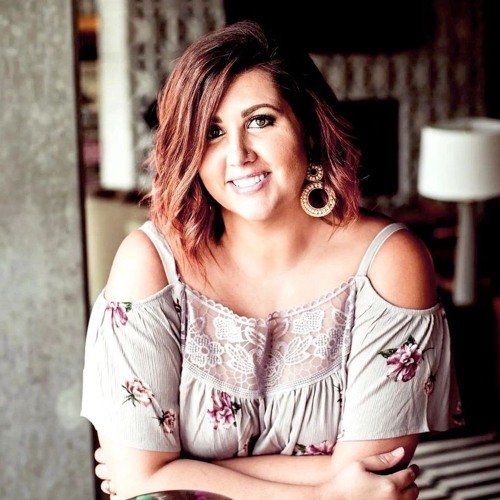VBAC Tips from VBAC Academy with Jenni Froment: Podcast Episode #203

Kristin Revere chats with Jenni Froment of VBAC Academy on the latest episode of Ask the Doulas. Jenni offers VBAC tips and information. VBAC is defined as Vaginal Birth After Cesarean Section. You can listen to this complete podcast episode on iTunes, SoundCloud, or wherever you find your podcasts. Ask The Doulas Podcast · VBAC […]
